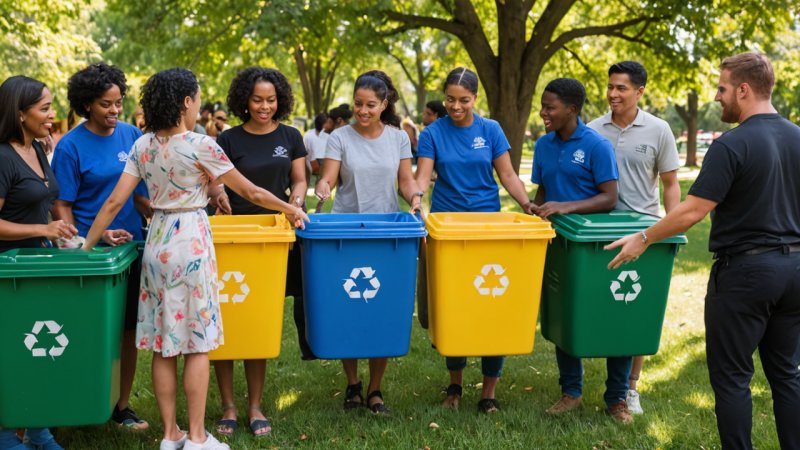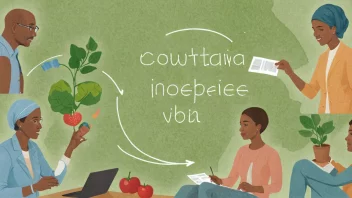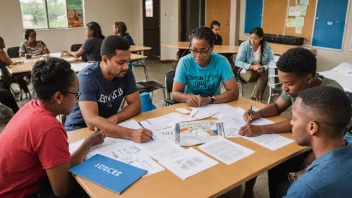What are the benefits of recycling programs?
Recycling programs play a crucial role in reducing waste, conserving natural resources, and minimizing environmental pollution. By recycling, communities can:
- Reduce landfill waste
- Conserve energy and resources
- Lower greenhouse gas emissions
- Promote community engagement and awareness
- Stimulate local economies through green jobs
How can communities start a recycling program?
Starting a recycling program involves several key steps:
- Assess the current situation: Evaluate existing waste management practices and identify materials that can be recycled.
- Engage stakeholders: Collaborate with local government, schools, businesses, and residents to gather support and resources.
- Develop a clear plan: Outline goals, timelines, and responsibilities. Decide what materials will be accepted for recycling.
- Educate the community: Provide information on the importance of recycling and how to participate effectively.
- Launch the program: Start with a pilot program, gather feedback, and make necessary adjustments.
What materials can be recycled?
Common recyclable materials include:
- Paper and cardboard
- Plastics (check local guidelines for types)
- Glass bottles and jars
- Metals (aluminum cans, tin cans)
- Electronics (e-waste) at designated recycling facilities
How can community members get involved?
Community involvement is essential for the success of recycling programs. Here are ways individuals can contribute:
- Participate in local clean-up events
- Volunteer for educational workshops
- Advocate for sustainable practices in schools and workplaces
- Share recycling tips on social media
- Organize neighborhood recycling drives
What challenges might communities face when implementing recycling programs?
Communities may encounter several challenges, including:
- Lack of funding: Securing financial resources can be difficult, especially for smaller communities.
- Insufficient education: Without proper education, community members may not understand how to recycle correctly.
- Contamination: Non-recyclable materials mixed with recyclables can lead to contamination, making recycling less effective.
- Resistance to change: Some individuals may be reluctant to alter their waste disposal habits.
How can technology aid recycling efforts?
Technology can enhance recycling efforts in various ways:
- Smart bins: These bins can monitor waste levels and optimize collection routes.
- Mobile apps: Apps can provide information on recycling guidelines and local drop-off locations.
- Data analysis: Analyzing recycling data can help identify trends and areas for improvement.
What role do local governments play in recycling programs?
Local governments are pivotal in establishing and supporting recycling programs. Their roles include:
- Creating policies that promote recycling
- Providing resources and funding for recycling initiatives
- Implementing public education campaigns
- Monitoring and reporting recycling rates
How often should recycling programs be evaluated?
Regular evaluation is essential to ensure the effectiveness of recycling programs. Communities should assess their programs:
- Annually for overall impact and participation rates
- After major changes (e.g., new materials accepted)
- When community feedback suggests improvements are needed
What are some successful examples of community recycling programs?
Several communities have successfully implemented recycling programs, serving as models for others:
- San Francisco: Aiming for zero waste by 2030, San Francisco has a comprehensive recycling and composting program.
- Capannori, Italy: This small town achieved an impressive recycling rate of over 60% through community engagement and education.
- Curitiba, Brazil: Known for its innovative waste management, Curitiba incentivizes recycling through a program that allows citizens to exchange recyclables for bus tickets.






